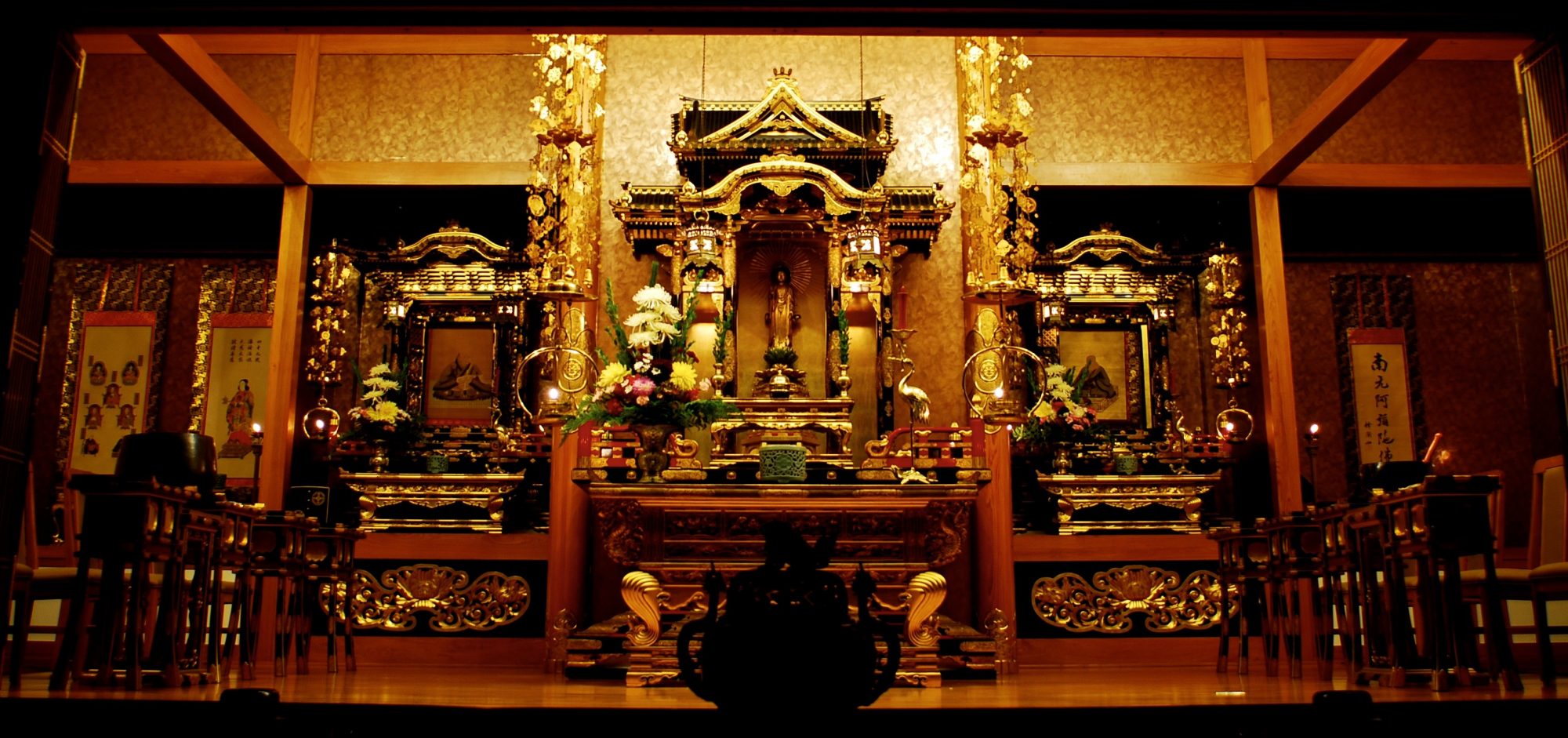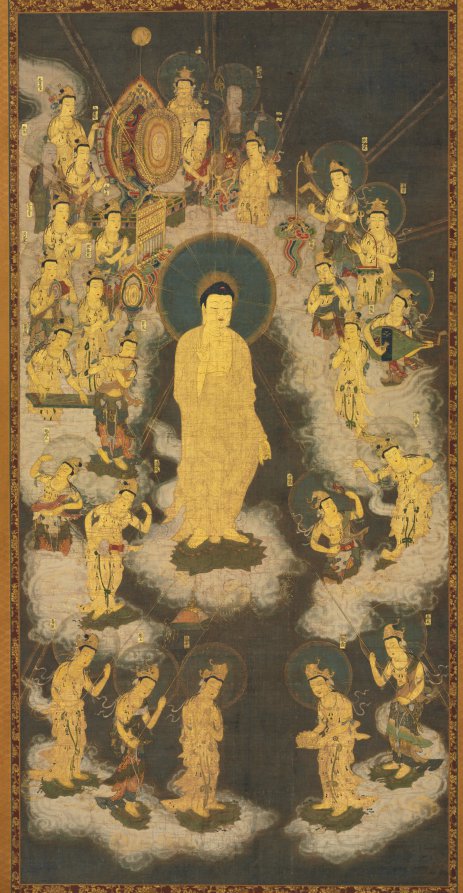
By Rev. Ken Yamada
Serious seekers “study” Buddhism, but can we really “learn” Jōdo Shinshū? What, how, and why do we study?
Buddhist thinker and Ōtani University professor Kaneko Daiei (1881-1976) pondered such questions in a 1966 essay, “Prolegomena to Shin Buddhist Studies,” reckoning on academia’s purpose ( Robert F. Rhodes translation in Cultivating Spirituality, A Modern Shin Buddhist Anthology). He begins by stating:
Shin Buddhism teaches us to go to the Pure Land by saying the nenbutsu. That’s all. Since that’s all there is to the teaching of Shin Buddhism, is there any need to study it academically? Continue reading “Kaneko: Can we “study” Shin Buddhism?”






